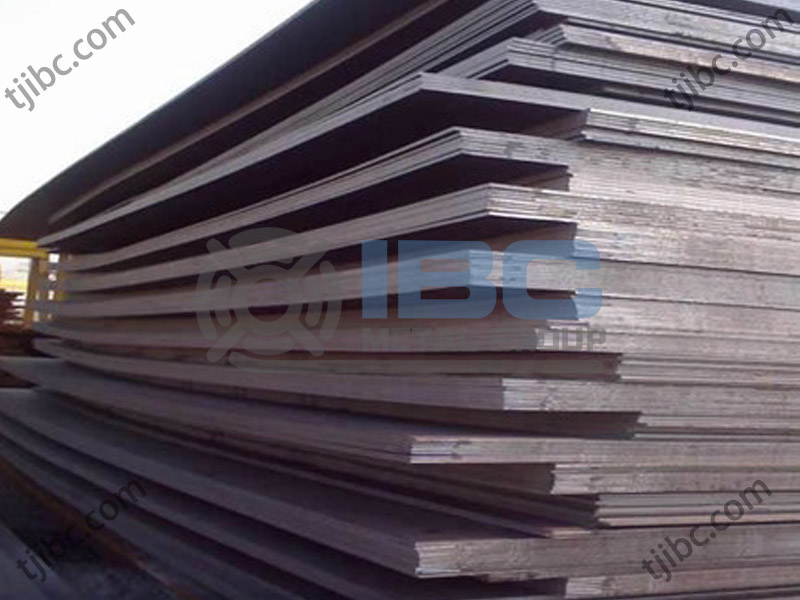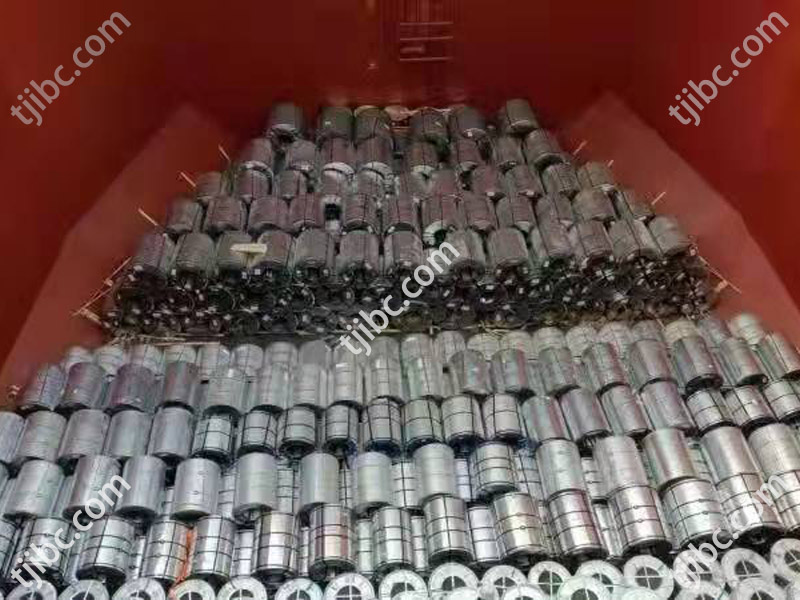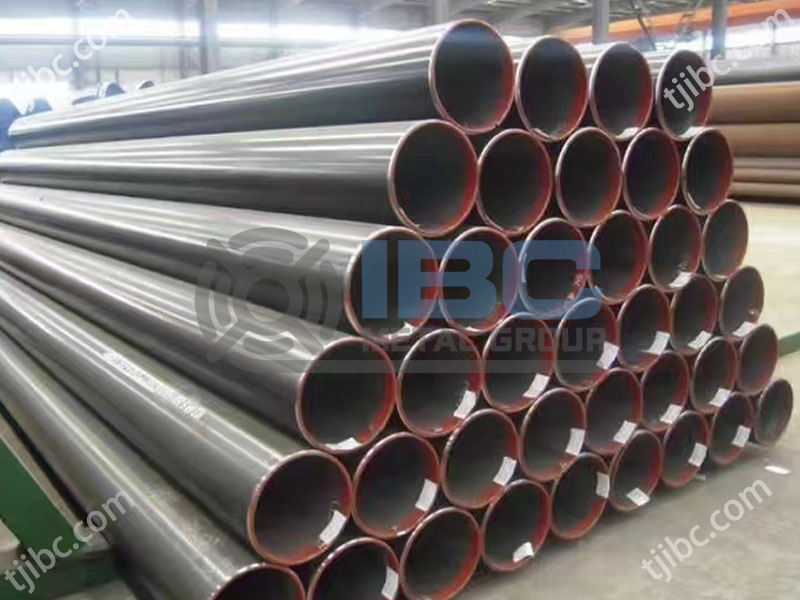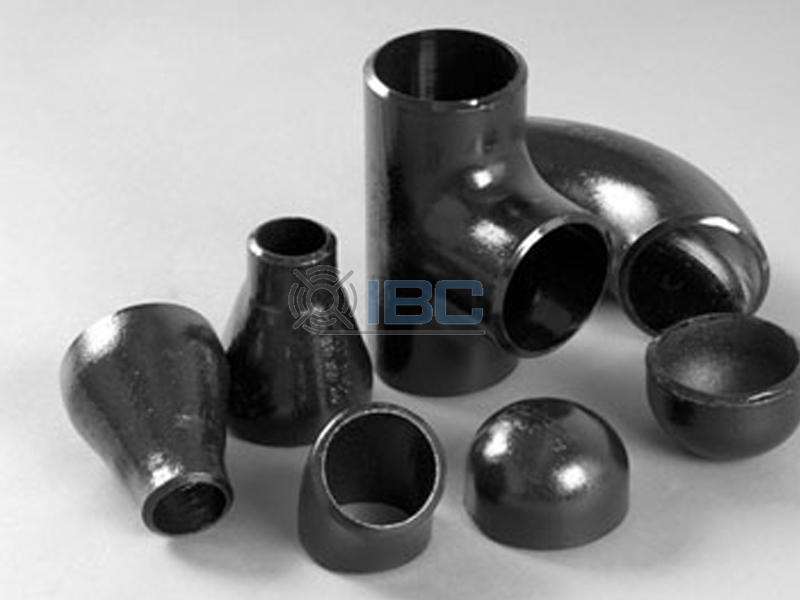The Production Process of Automotive Aluminized Steel
Substrate preparation: Select high-quality steel plate as substrate. This ensures the flatness and cleanliness of the Automotive Aluminized Steel substrate for subsequent processing.
Pretreatment: pretreatment of the surface of the steel plate, such as cleaning, oil removal, rust removal, etc., to improve the adhesion of the aluminum plating layer.
Aluminization:
Electroplating method: Add a layer of aluminum film on the surface of the steel plate through electrolysis, so that it is closely combined with the steel plate itself. This process requires the control of electrolyte composition, temperature, current density and other parameters. This ensures the quality and thickness of the coating.
Electroless plating method: A layer of aluminum coating is formed on the surface of the steel plate by chemical reaction. This method is relatively simple, but the thickness and uniformity of the coating may not be as good as the electroplating method.
Post-treatment: After the completion of the aluminum plating step, the worker will carry out post-treatment of the steel plate, such as cleaning, drying, painting protective paint. This can improve the corrosion resistance and beauty of aluminized steel plates.
Quality inspection: Quality inspection of aluminized steel plate, including appearance inspection, coating thickness measurement, corrosion resistance test, etc. To ensure that the product quality meets the standard.
The Main Characteristics of Automotive Aluminized Steel
High corrosion resistance: The aluminum plating layer of Automotive Aluminized Steel can form a dense oxide film. It can effectively block the intrusion of moisture, oxygen and other corrosive substances. This greatly extends the service life of the car.
Good thermal reflectance: The high thermal reflectance of aluminum makes aluminized steel maintain good performance stability under high temperature environment. Therefore, it is particularly suitable for high temperature areas such as the engine compartment.
Lightweight advantage: The density of aluminum is much lower than that of steel. Therefore, the aluminized steel can significantly reduce the overall weight of the vehicle while maintaining sufficient strength. This helps improve fuel economy and driving performance.
Excellent formability and weldability: specially treated aluminized steel has good formability and is easy to process into various complex shapes of parts. At the same time, its welding performance has also been improved. This ensures the robustness and safety of the body structure.
Operation Precautions
In the production and use of Automotive aluminized steel plates, the following operations need to be noted:
Safety in the production process: Ensure that the production workshop has good ventilation and prevents the accumulation of harmful gases. Operators should wear protective equipment, such as gas masks and gloves.
Coating quality control: strictly control the parameters in the aluminum plating process. Such as the composition of the electrolyte, temperature, current density, etc. This ensures that the quality and thickness of the coating meets the requirements.
Use environment: When using aluminized steel plates, attention should be paid to avoid direct contact with corrosive substances. This can extend its service life.
Recycling and reuse: For waste aluminized steel plates, reasonable recycling and reuse should be carried out. This can reduce the waste of resources and environmental pollution.

Contact with us today!



